
New/ 2nd Title


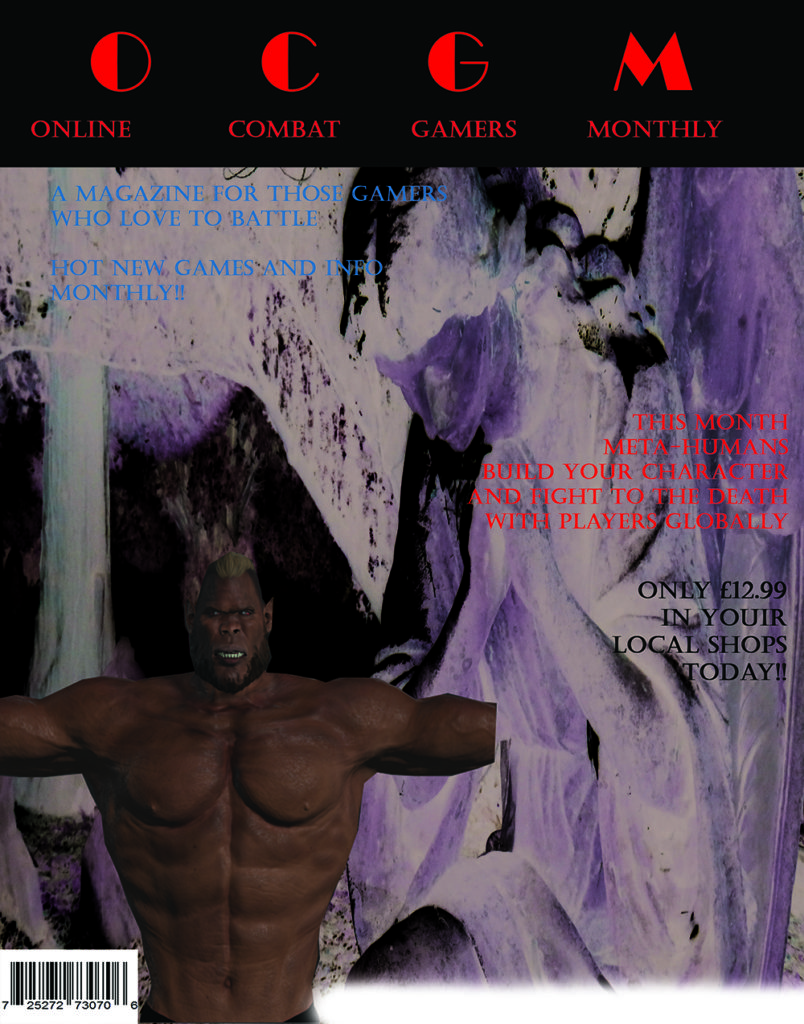
Barthes- A french philosopher who explored semiotics and social theory
Pierce- An American philosopher, logician, mathematician, and scientist who is sometimes known as “the father of pragmatism”.
Saussure – A Swiss linguist and semiotician. His ideas laid a foundation for many significant developments in both linguistics and semiology in the 20th century. He is widely considered one of the founders of 20th-century linguistics and one of two major founders of semiotics/semiology.
Semiotics – The study of sign process
Sign- A gesture or action used to convey information or an instruction.
Signifier – A signs physical form (such as a sound, printed word, or image) as distinct from its meaning ( Saussure)
Signified- the meaning or idea expressed by a sign, as distinct from the physical form in which it is expressed.
Icon- person or thing regarded as a representative symbol or as worthy of veneration.
Index- a sign or measure of something
Symbol- A symbol is a mark, sign or word that indicates, signifies, or is understood as representing an idea, object, or relationship.
Code – A system of words, letters, figures, or symbols used to represent others
Dominant Signifier – Dominant meaning of sign
Anchorage – Directs the viewer to chosen meaning
Ideology – A system of ideas and ideals, especially one which forms the basis of economic or political theory and policy.
Paradigm – A typical example or pattern of something
Syntagm – the relationship is one where signs occur in sequence or parallel and operate together to create meaning
Signifcation – the representation or conveying of meaning.
Denotation – he literal or primary meaning of a word, in contrast to the feelings or ideas that the word suggests. (Bathes)
Connotation – an idea or feeling which a word invokes for a person in addition to its literal or primary meaning.” (Bathes)
Myth- Belief that isn’t true

Basic audience theory is looking to investigate the relationship between ENCODING (the way that a message is CONSTRUCTED and DELIVERED) and DECODING (the way in which a message is RECEIVED and/or DECONSTRUCTED).

When companies develop a new product they often construct a prototype or pilot around an ideal consumer. So for TASK 5: go back to your post that has your initial sketch and your initial ideas written up and describe the ideal consumer for your product. To help you could watch the video below which looks at the audience theory that suggests media products satisfy the USES AND GRATIFICATIONS OF THEIR TARGET CONSUMERS, in that sense, what are the uses and gratifications of your product/target audience, as ideally these should be matched.

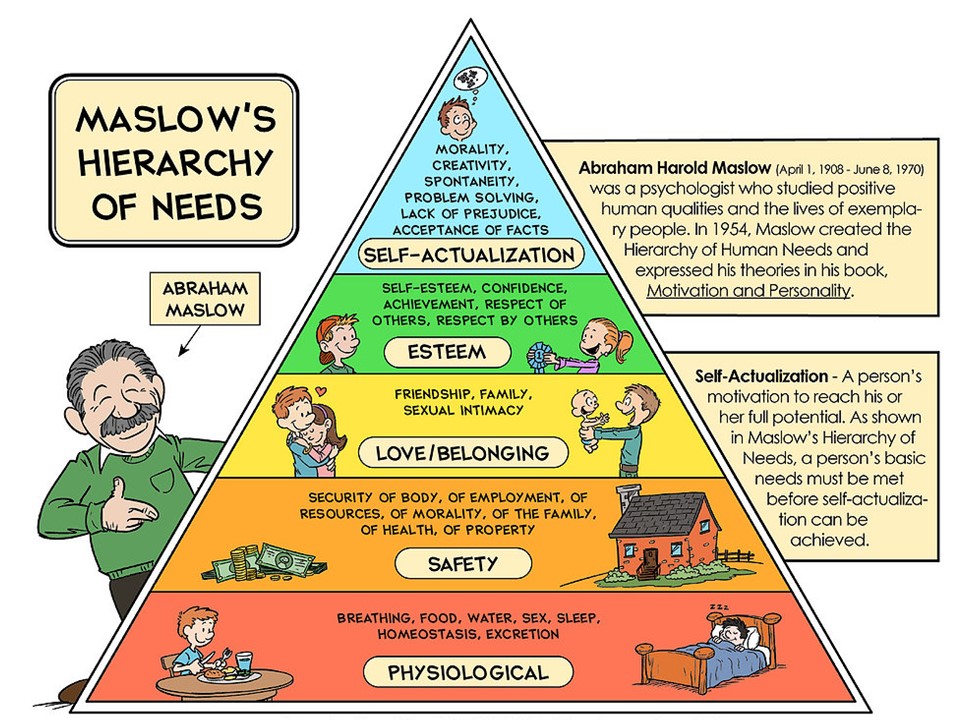
A few slides from a presentation that we looked at earlier in the year. The full ppt can be found downloaded below





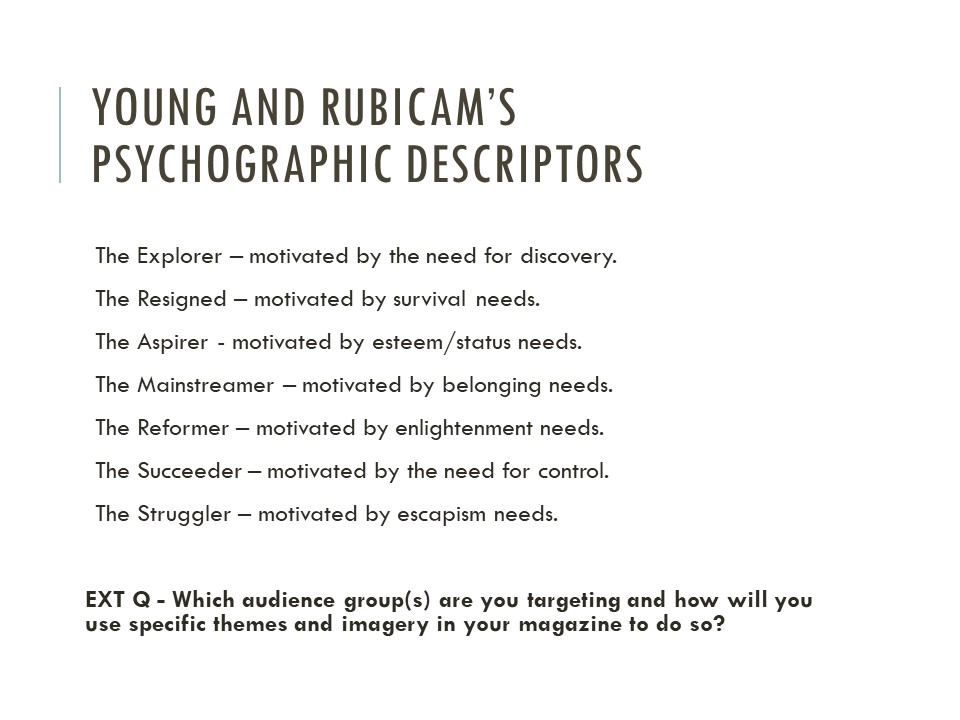
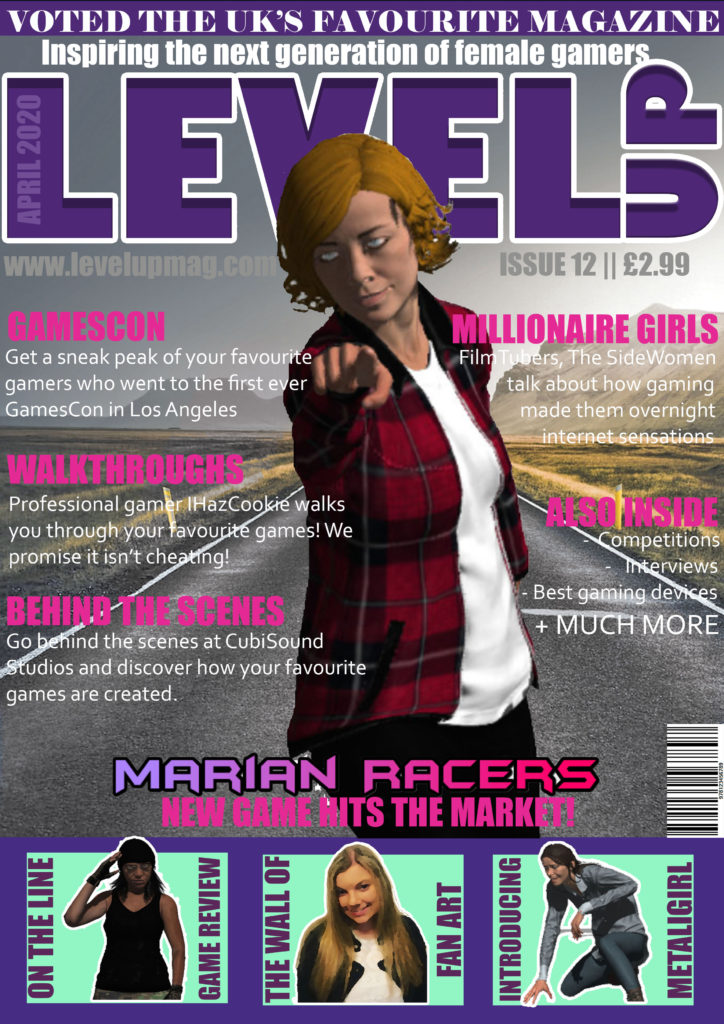
I made my masthead stand out more, and changed some of the fonts and colouring.





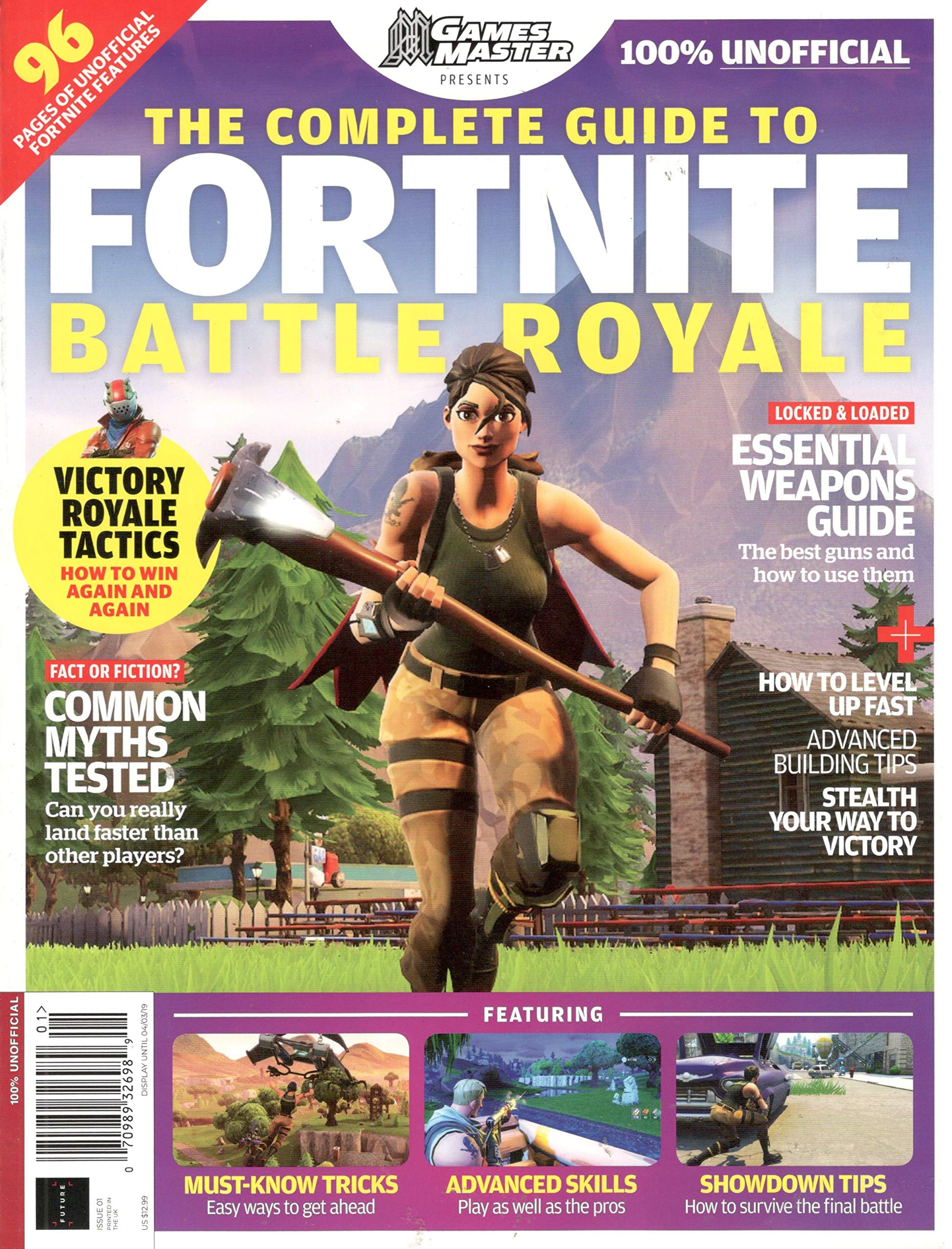
I have styled my magazine similarly to this Fortnite Magazine, in the sense that I liked to idea of the gallery at the bottom, therefore I have added in into my own designed magazine cover. What I have also taken from this style model is having the article plugs at the side, I have done this on my magazine because it looks effective and I also think it is clear and the reader’s attracted to the cover image, which will be one of the main selling points to entice consumers to buy my magazine.

I have also designed my magazine similarly to this PC Gamer magazine cover. What I have taken from this magazine is how I stuck with a colour theme, pink, purple and mint to stand out. What I have also done similarly to this magazine is I included a banner that acts as a plug to entice my target audience to buy my magazine. I also have my cover image overlaying part of my masthead, because I think this is effective and attracts you to pick up the magazine. Finally, like the PC Gamer cover, my cover image is looking and pointing directly to the consumer as I feel this brings their attention to the magazine and it seems as if the magazine is trying to give them a message (to buy the magazine).